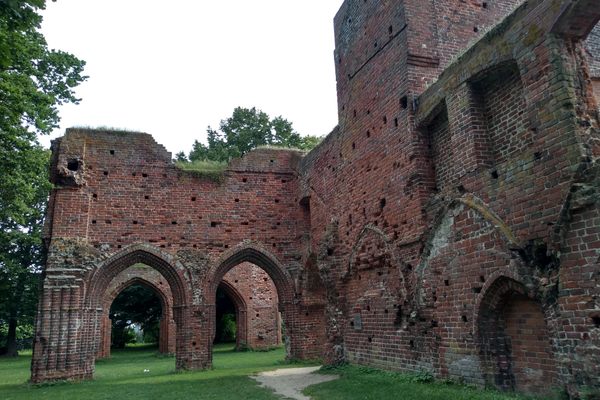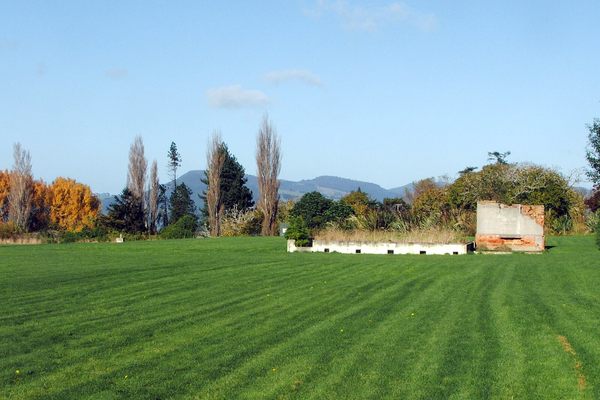About
Named for the Spanish queen who funded his expeditions to the New World, this was among the first European settlements - Viking contact pre-dates it - in the Americas. La Isabela was established on the northern coast of Hispanola in 1494 by Christopher Columbus and 1500 colonists. By 1498, it was abandoned.
Archaeological investigations led by a team from the Florida Museum of Natural History between 1989 -1999, revealed most of what we know about this early town.
Returning on his second voyage, Columbus arrived at the site of La Isabela with 17 ships loaded with settlers, livestock, and materials for building and trade with the local Taino Indians. A sturdy town wall and stone buildings were complimented by 200 palm thatch huts, not unlike those of the natives, for living quarters.
It was not technically the first buildings by Columbus - in 1492 on his first voyage, he built a small fort at Concepción de la Vega which was surrounded by a small settlement. Years later, when gold was discovered there Concepción became America's first gold boomtown. But La Isabela was intended to be a city, not a fortress. But much like Jamestown and Roanoke to come, settling in the Americas proved much harder than imagined.
The rough weather, crop failures, and hurricanes on the coast drove the settlers away from La Isabela in just four years, moving instead to Santo Domingo.
Visitors to the site can find more information at the Museum of la Isabela.
Related Tags
Published
June 30, 2010






















